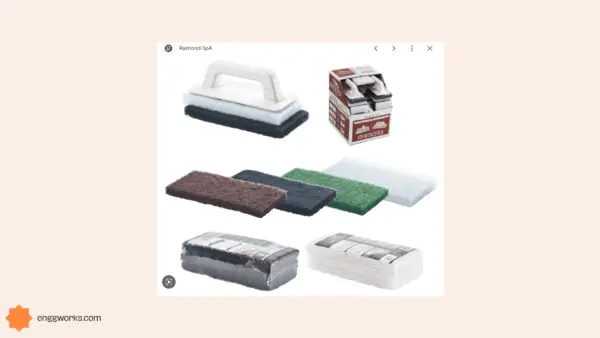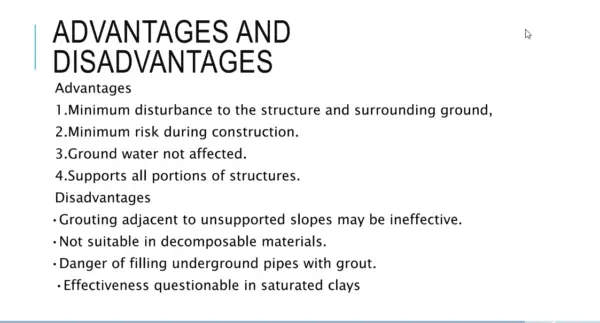The best grouting option for spaces needing the ability to handle movement, vibration, or high temperature fluctuations, is the flexible grout.
Unlike traditional rigid grouts, flexible tile grouts contain latex additives allowing the cured material to stretch and compress to a degree without cracking or failing.
flexible grout provide the right balance of durability, stain protection, affordability, and ease of use for your unique needs.
flexible grout application techniques helps in achieving waterproof, and lasting results that able to move with floors over time.
What is Flexible Grout?
Flexible grout contains latex polymer additives allowing slight elasticity to handle thermal movement and vibration without cracking.
Unlike standard Portland cement-based grouts, flexibility is built into the material composition itself.
Purpose of Flexible Grout
Key advantages flexible grout provides:
- Accommodate building shifts on upper floors
- Endure vibration near equipment or appliances
- Withstand temperature fluctuations behind stoves/fireplaces
- Transition cleanly from rigid tile grout
Applications of Flexible Grout
Typical flexible grouting projects:
- Best Flexible Grout for Shower– Urethane or epoxy grouts resist water best. Ensure proper subsurface prep and sealing.
- Using Flexible Grout on Floors– Effective for surfaces over radiant heat systems. Verify deflection limits before installing tiles.
- Exterior facade grout subject to freeze/thaw
- Countertop backsplashes behind ranges
- Surfaces over radiant heating systems

Installation Procedure
- Prepare and clean joints properly before applying
- Use float to fully pack flexible grout into seams
- Check for unfilled voids under lighting during application
- Follow curing guidelines before sealing.
Flexible Grout Materials
Common resilient grout types:
- Latex cement grout: Acrylic latex additives
- Epoxy grout: Resists chemicals and stains
- Urethane grout: Maximum flexibility and bond strength
- Silicone grout: Withstands extreme temperatures

flexible grout vs regular grout
| Point of Difference | Flexible Grout | Regular Grout |
|---|---|---|
| Ability to Handle Movement | Yes, allows slight expansion/contraction without cracking | No, rigid when cured |
| Ideal Applications | Showers, high vibration areas, surfaces with temperature fluctuations | Basic floor/wall tiling with stable conditions |
| Cost | More expensive, specialized materials | Very economical, basic cement-based |
| Installation Considerations | Precise joint dimensions, subsurface prep critical, follow exact product mixing | More forgiving on joint size variation, simple mixing |
| Maintenance Needs | Requires compatible sealants, reapplication every 2-3 years | Optional sealing for stain protection |
The main differentiators relate to flexibility, ideal use cases, cost considerations given special materials, installation procedures needing .
strict adherence to product specifications, and ongoing sealing maintenance required to retain resilience and waterproofing capabilities over time.
Conclusion
When the situation demands resilience, flexible grouts outperform. Careful surface preparation and following manufacturer procedures ensures lasting results able to move with the underlying structure.
Choosing the right flexible grout formula for your needs and properly preparing surfaces, mixing, packing joints completely, and compatible sealing equals long-term performance without failures.
Flexible grouting does require strict adherence to manufacturer procedures, but enables tile installations over challenging substrates like radiant heating floors without the risk of grout cracks forming.
With the knowledge to discern between quality flexible and inflexible grout materials and mastering application techniques, tiling projects can be tackled with confidence.






